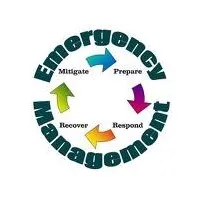
The Hyogo Framework for Action (HFA) is the key instrument for implementing disaster risk reduction, adopted by the Member States of the United Nations. Its overarching goal is to build resilience of nations and communities to disasters, by achieving substantive reduction of disaster losses by 2015 – in lives, and in the social, economic, and environmental assets of communities and countries.
The São Francisco Valley is gaining in importance in recent development plans that seek to overcome the lack of continuity characterizing former plans. The construction of the gigantic Sobradinho dam, finished in 1978 forming a lake of more than 4000 km2, the great perennial river of the Sertão is placed into the center of new strategies to make use of important water resources that still remain underexploited, presenting a more integrated concept for a sustainable development of the entire river basin and the semi-arid Northeast.
The development of this plan included an analysis of potential hazards that could affect the local or regional government and an assessment of the capabilities existing in the local government to deal with potential hazards. Dealing with disasters and emergency is an ongoing and complex undertaking. Through implementation of Risk Reduction measures before a disaster or emergency occurs, timely and effective Response during an actual occurrence, and provision of both short and long term Recovery assistance after the occurrence of a disaster, lives can be saved and property damage minimized.
2 responses to “Comprehensive emergency plan for São Francisco Valley”
-
i wish to serve the peopl.
-
I wish to serve the hunman.
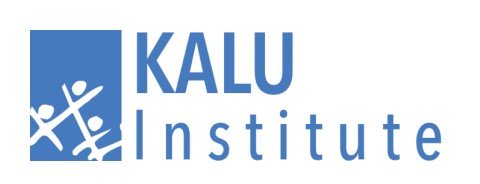
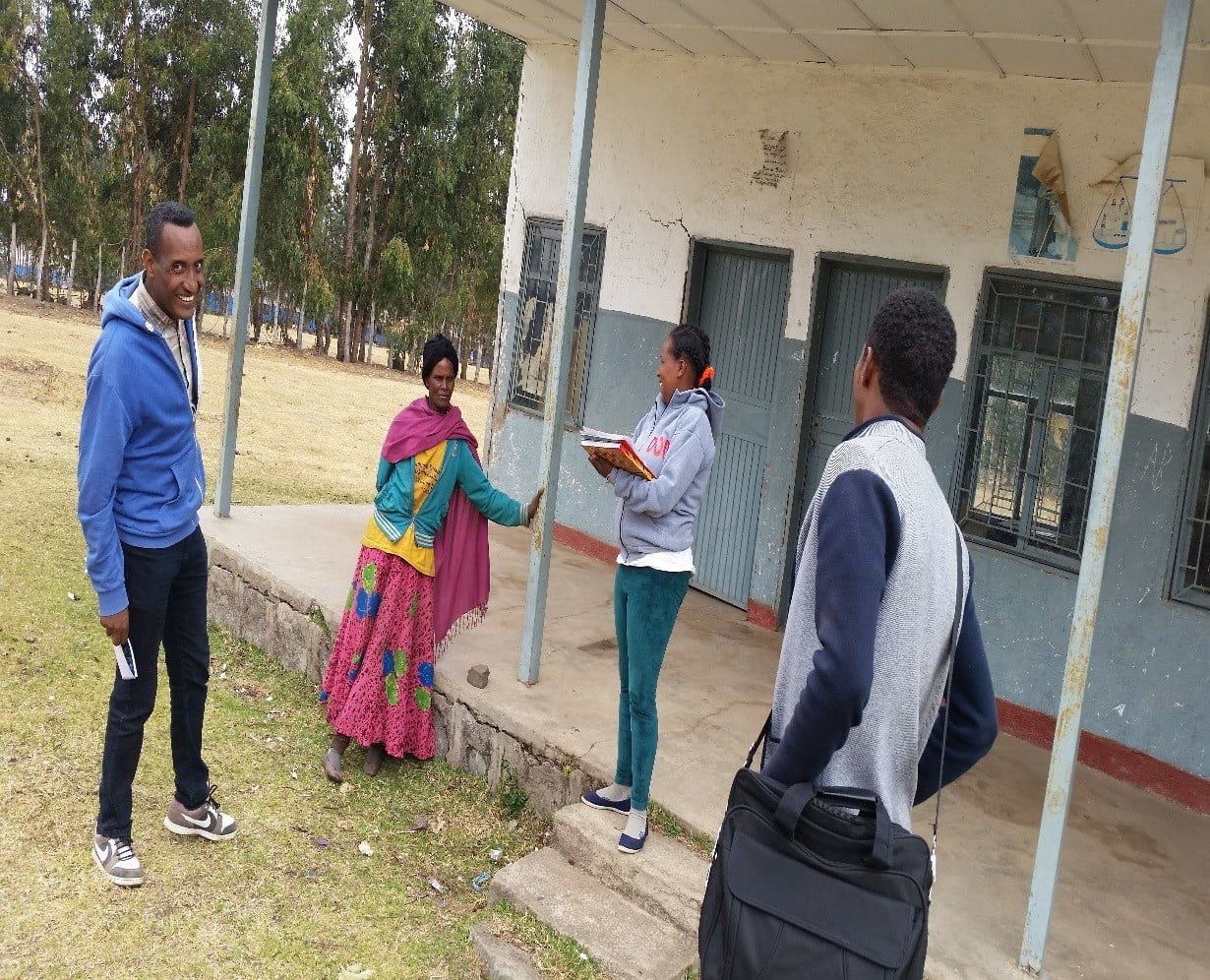
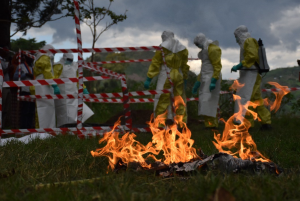
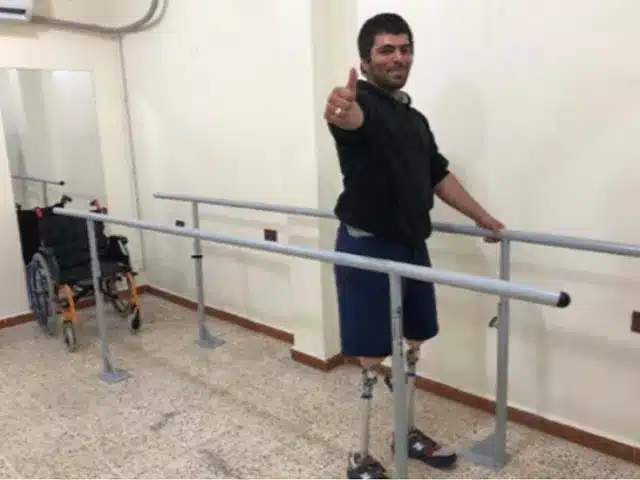
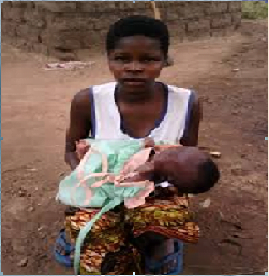
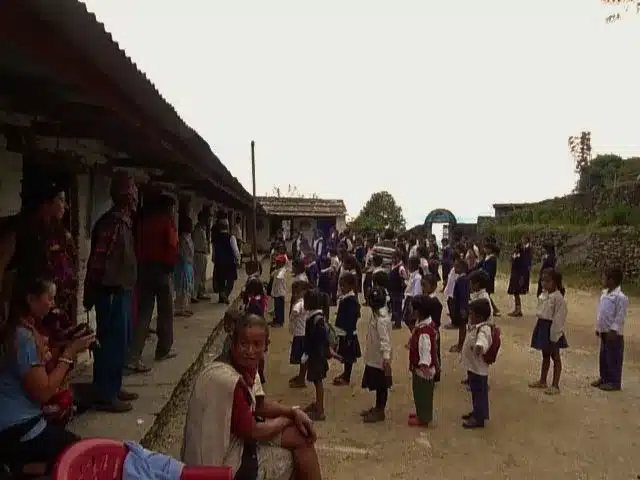
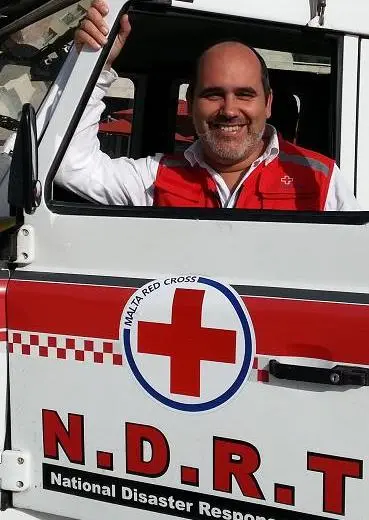
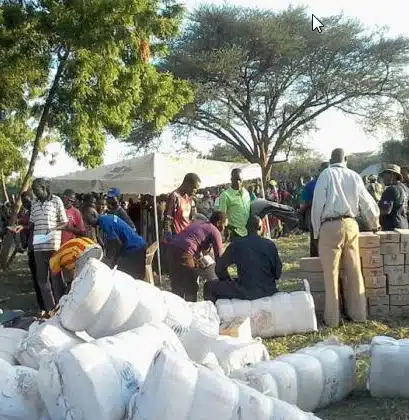
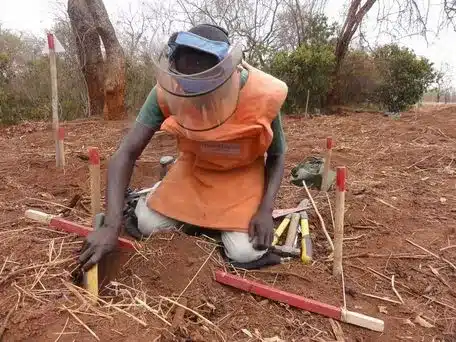
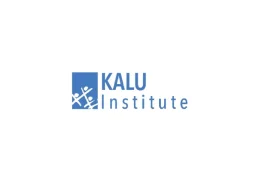
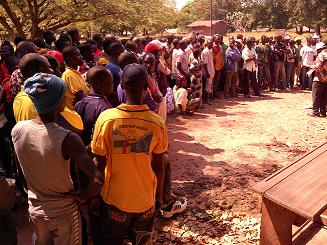
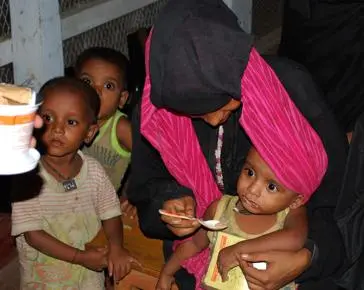
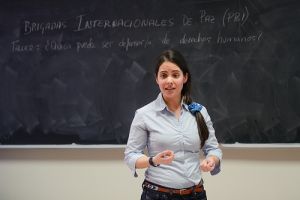
Leave a Reply